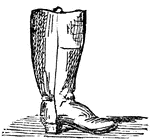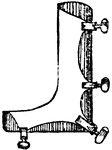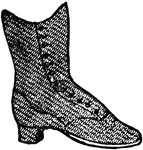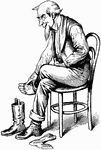Clipart tagged: ‘boots’
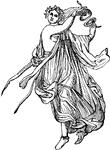
Calceus
"A shoe or boot, anything adapted to cover and preserve the feet in walking. The use of shoes was by…

Calceus
"A shoe or boot, anything adapted to cover and preserve the feet in walking. The use of shoes was by…
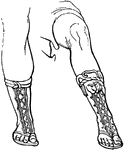
Cothurnus
"A boot. Its essential distinction was its height; it rose above the middle of the leg, so as to surround…
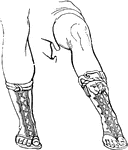
Cothurnus
"The cothurnus or buskin, rose above the midddle of the leg so as to surround the calf (sura),…
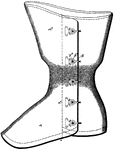
Five Button Gaiter
Gaiters are garments worn over the shoe and lower pant leg, and used primarily as personal protective…

Hessian Boot
"Worn over tight pantaloons, the Hessian boot was a handsome piece of attire, giving undoubtedly, an…

Lace-Up Shoes
These lace-up shoes look more like boots. They are an early 20th century design that are knee length,…

Wooden Soles for Shoes
The outsole is the layer in direct contact with the ground. Dress shoes have leather outsoles; casual…

1580 Silhouette of Man
This 1580 Silhouette of man is a black outline that shows the fashion of men during that period. The…
1723 Silhouette of Man
This 1725 Silhouette of man is a black outline that shows the fashion of men during that period. The…
